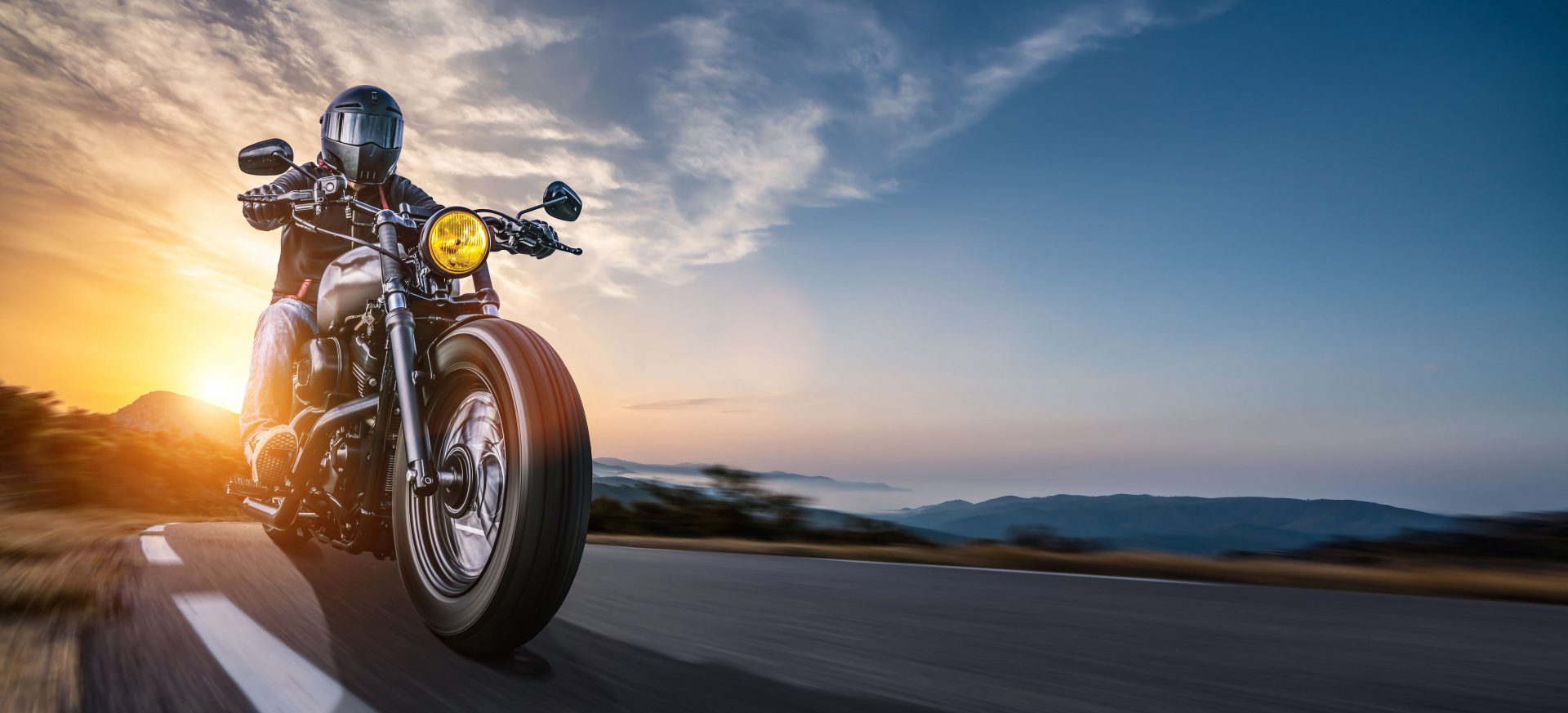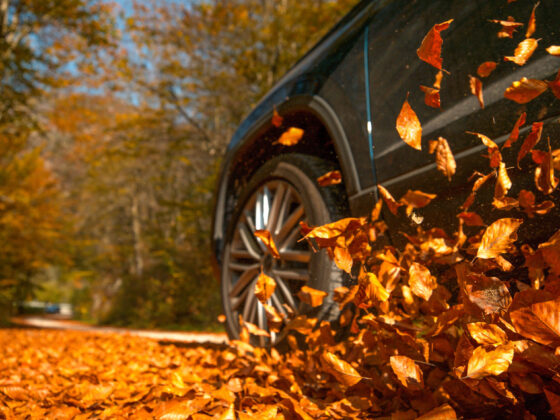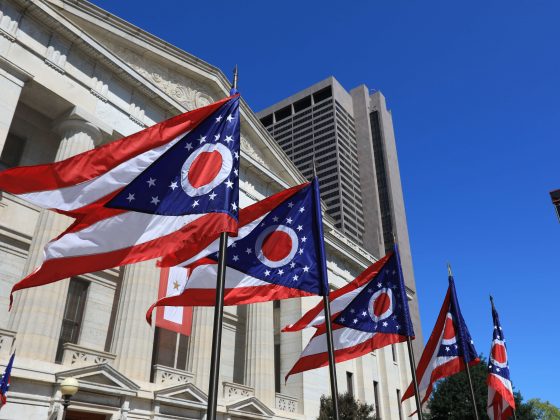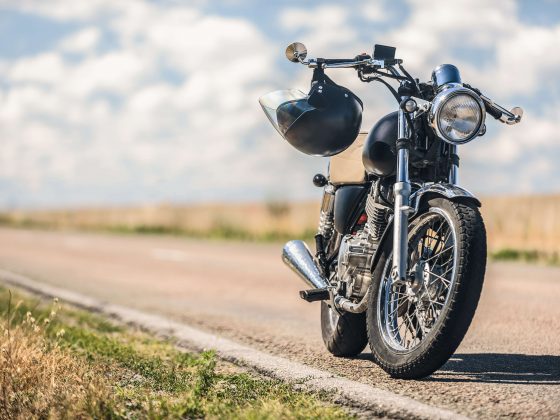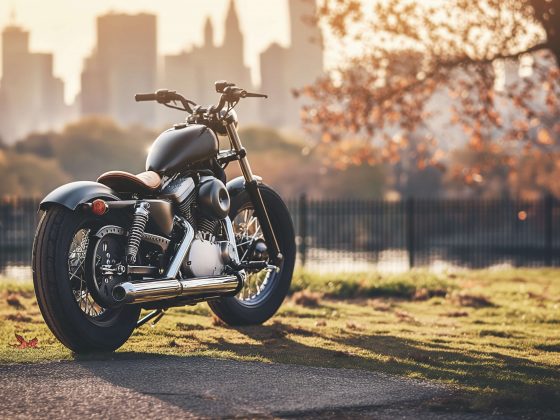With Spring in full swing, folks across the U.S. have begun to turn their thoughts to more playful ways of getting from Point A to Point B. As the days slowly become longer (and warmer, particularly up in the northern parts of the country), we’re soon to hear garage doors creaking open to reveal unused bicycles hanging from the walls, blanketed convertibles, and hibernating motorcycles. And whether or not it’s exactly the right time to take these fair-weather vehicles out for their first spin of the season, now is the perfect moment to revisit the essentials of road safety.
Use eTags© to Quickly Complete Your DMV Service. Renewals, Title Transfers and More, All Online!
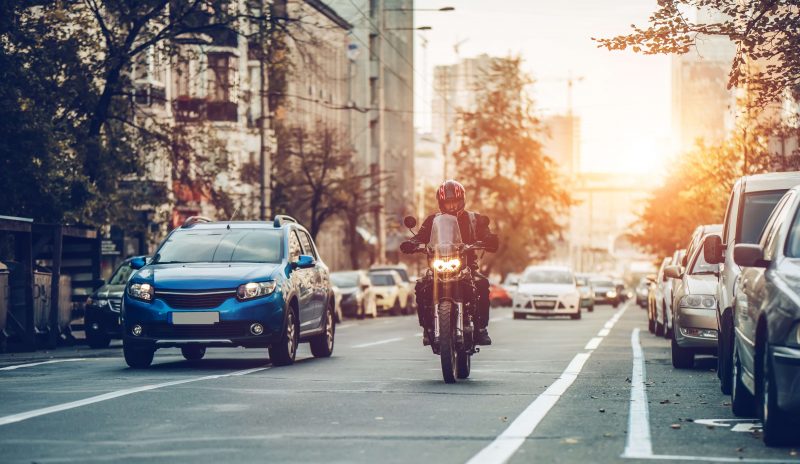
A motorcycle drive can mean feeling the sun on your skin, smelling the ocean air, and appreciating the beauty of your surroundings with zero obstructions. The sensation can be liberating and exhilarating, and it’s no wonder that there are close to 8.8 million registered motorcycles on the road in America. That said, with nothing but a helmet (and occasionally riding gear) between riders and the elements, nowhere is road safety of more importance than in the realm of motorbikes. Though the two-wheeled symbols of freedom can mean great fun and independence, it behooves all drivers (and passengers as well) to avail themselves of all the critical laws and regulations pertaining to motorcycle safety.
The first requirement for entering into the world of choppers, hogs, and scooters is to obtain the mandatory driving license.
Separate and in addition to an ordinary driver’s license, the age for eligibility varies by state. In New York, for example, you can begin the permitting process at 16, but you must already be in possession of the regular Class D (Car Operator) learner’s permit. If under 18, you may only proceed with signed consent from a parent or guardian. If you are over 18, feel free to blaze out on your own to get moto licensed.
In both cases you will have to pass a written test first, and if you pass, you will be given an appointment with the DMV to have your photo taken and collect your temporary permit. Once you’ve got the permit, you will be asked to undergo at least ten hours of road practice in medium to high traffic areas. This practice must be supervised by a licensed driver who is twenty-one years of age or older and who has a motorcycle license (from any state). While driving with a learner’s permit, the student is prohibited from practicing in any parks, through any tunnels or over any bridges.
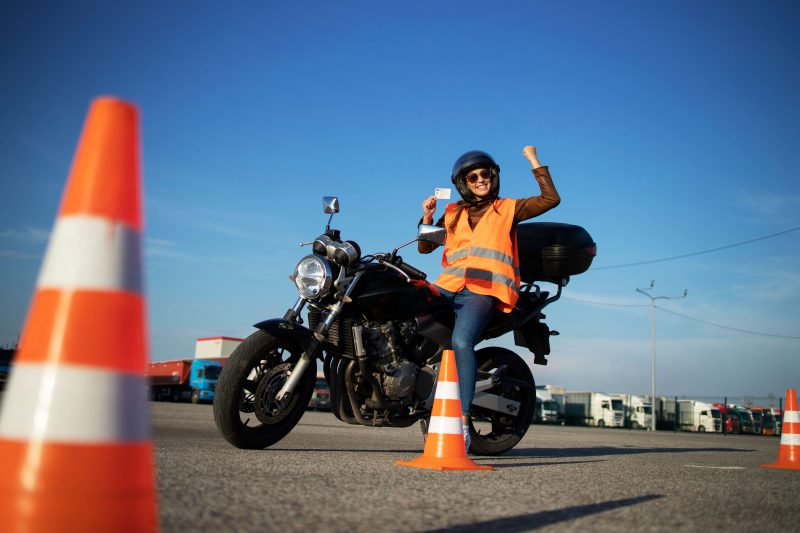
After completing at least ten hours of supervised practice, you will qualify to take the DMV road test. And once you pass the road test, the license to drive will be yours! In some cases, the DMV will waive the obligation of a road test, but it’s best to check with them to see if you qualify for the waiver. In either case, studying, practicing, and testing are just the beginning of road safety. The real assessment comes when that license is in hand, and you are free to move about the country.
In that vein, here at eTags we’ve compiled a list of helpful points to keep in mind before embarking on a motorcycle journey.
Whether it’s your first solo ride, or if you’re the captain of your local riding club, it’s always a good idea to review the details that could save your life or the lives of others.
-
Helmets:
Not every state requires that riders wear a helmet, but those that do have similar standards. The helmet must be D.O.T certified, meaning that it has passed rigorous certification ensuring impact resistance, penetration, and retention. New York, Connecticut, Florida, Ohio, and California, for example, all enforce the helmet law. New York and California mandate helmets at any age, whereas the other states are age dependent. But across the board, the use of helmets saves 1,800 lives per year.
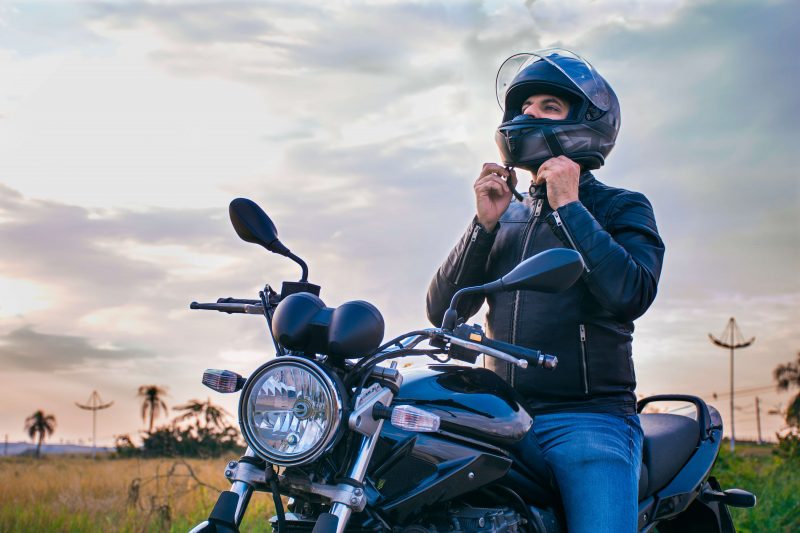
-
Body Gear:
While wearing a helmet can save your life, wearing D.O.T. approved gear to cover your body can protect you from flying debris, road rash (it’s worse than it sounds) and any sudden changes in weather.
-
Responsibility:
Most moto crashes are caused by fellow car/truck drivers who simply did not see the motorcyclist on the road. Thus, it behooves motorcycle drivers to be extra cautious when changing lanes, passing through intersections, and in inclement weather. It is highly recommended to add reflective gear to your helmet, clothes, and bike in order to assist with visibility.
-
Inspection:
It’s a smart idea to check your bike before every ride. Do a little once-over on your headlights, taillights, turn signals, brakes, and horn. Having these basic systems functioning is the very foundation of being able to drive a motorcycle safely.

-
Sobriety:
While this is a no-brainer across all forms of automobile driving, it is especially critical when there is nothing (but a helmet) to buffer any impact between you and the road or other vehicles. More so than operating a car or truck, driving a motorcycle requires balance, vigilance, and just about every ounce of awareness you’ve got. Even the slightest impairment – that one drink – could have dire effects. Where you might be protected by stability, airbags, and four walls in a car, the same does not hold true for a motorcycle. Alertness is extra imperative with a two-wheeler.
-
Keep Your Distance:
While it can be tempting to tailgate or weave between cars, the recommended distance between you and other vehicles is four seconds. Maintaining this space can help you stop on time or swerve effectively to avoid an accident.
-
Take An Advanced Driving Class:
More than what you study for your DMV license, and more than what you learn from your supervising driver, taking a higher-level course can teach the skills and techniques to help you exert better control over your bike.
Any driver would benefit from acquiring the knowledge to make better turns, brake more effectively, and avoid collisions.
So with Spring well in gear, it might just be a time to brush off that Harley or Honda and re-acclimate yourself with the motorcycle rules of the road. Drive free and drive safe!
